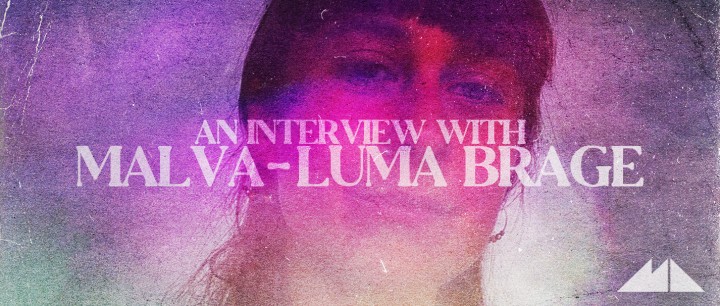
Today, we’re very excited to introduce you to the creator of Northern Lights - Ambient Vocal Loops, our brand new set of dreamy, evocative vocal sounds; Malva-Luma Brage.
Malva is a freelance sound designer from the archipelagic forest outside Stockholm, Sweden, though is based mainly in Berlin at present. She has previous experience of working within the sound content team at Ableton, and first collaborated with ModeAudio on our Post-Rock by ModeAudio sound pack, available in the Ableton shop.
We think Malva’s sometimes haunting, often meditative and always immersive approach to using vocals in her sound design work is a perfect fit for the ModeAudio catalogue, so we thought we’d sit down with her to ask a few questions about the making of her pack for us. Find out what Malva is currently working on via her Linktree page here and enjoy the interview below!
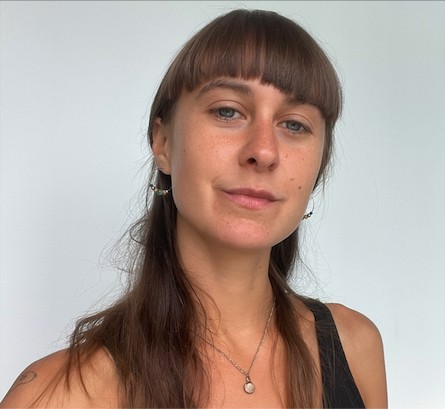
MA: Your voice is the clear focal point of Northern Lights - Ambient Vocal Loops; did you use any specific vocal or singing techniques when it came to recording the raw vocals?
MLB: I simply hit record, turned inwards and improvised with my present emotional state of being the source of inspiration. I think there is a certain magical charm that can only be achieved from that improvisational, playful state of mind, which is an essence I wanted to infuse into the sonic environments of this pack.
In the recording process, I embraced the mistakes and impulses that occurred, which I find adds intimacy, uniqueness and authenticity. This explains why some loops have Swedish lyrics, some English, while others are just mumbo-jumbo or random vowels.
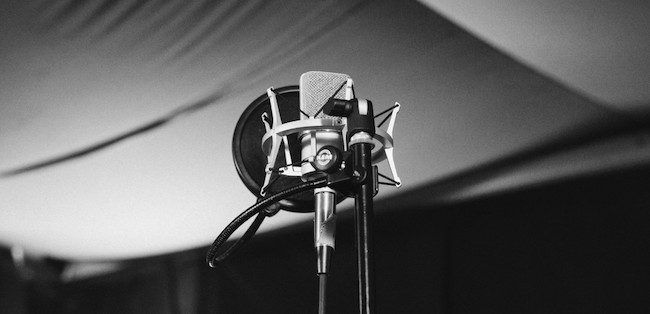
MA: Do you have any tips for recording vocals, generally?
MLB: My general tip for recording voice is to do so in a quiet space, with minimal resonating objects and close-up. This makes the recordings flexible in the sense that the post-processing can evolve them into various shapes and forms. They’ll also maintain that sense of high quality when multiple recordings are stacked together.
Further, vocals do not need much processing to make them sound great. I often prefer to keep it simple, only including a subtle boost of the airy frequencies followed by a large space (reverb with long decays and some removal of lower rumbling frequencies).
MA: Were there any processing techniques or effects that you found worked particularly well for the pack?
MLB: When crafting the vocals to fit the ModeAudio soundscape, and more specifically, the concept of this pack, I found that a combination of wet reverb, stereo delays & echoes and sometimes, subtle distortion worked particularly well.
To take it a step further, most of the reverbs I used are using the convolution technique, meaning they base the reverberation on real audio. This adds further dimensions of textures and resonances and places sounds in interesting environments, sometimes messy, sometimes elegant, sometimes a combination of both.
I also integrated a re-amping technique in some loops to add creative layers for depth. For this, I recorded sounds from a heavily processed loop, edited that captured audio in various ways (time stretched, reversed, chopped and faded), and finally took away the processing on the original sound and let these two play together.
MA: The contrast between choral harmonies and more ‘extended’ vocal techniques is, in our opinion, one of the most interesting things about the pack; have you developed these ideas and techniques on your own or did you study a particular practice?
MLB: How I sing and experiment with my voice is something that developed over many years of using it as a central instrument in my productions, and also a crucial sound source for other “less voice oriented” sound designs / content creations.
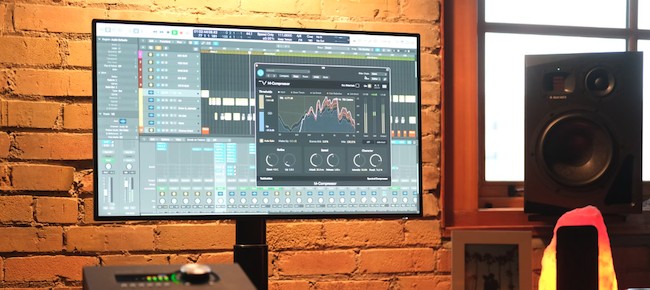
MA: The synthesised elements of the pack make for an interesting accompaniment and bedrock for your vocals to be layered over; were there any specific tools you used to make these?
MLB: The synthesised elements of the pack are created with classic software, using wavetable and FM synthesis, a holographic synthesiser, and through resampling some vocal lines. Plus a generous amount of FX processing in some cases…in the case where a synth loop and vocal performance belong together, I let the melodies guide the flow of the vocal improvisation and spark that initial inspiration.
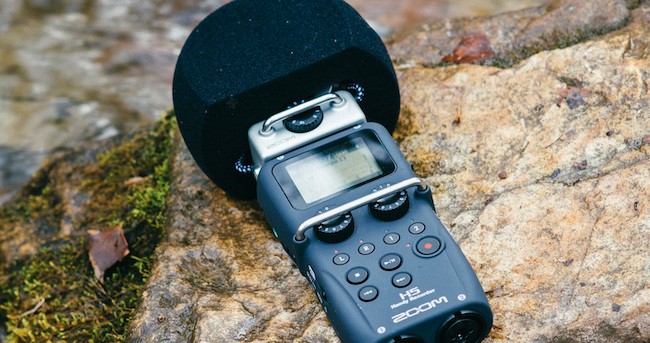
MA: Other than music that already exists, what are you inspired by, generally speaking, when it comes to creating music and sound?
MLB: I am deeply inspired by musical improvisation, nature, organic elements, movements, emotions and dreams. Also, the art of recording, mainly outside the studio walls is deeply inspiring!
MA: Do you consider yourself an artist/musician, composer, sound designer, blend of the three, or something else? Do you think there’s even a difference between these labels anymore?
MLB: I call myself a professional sound designer, composer and sound content creator, as this is how I make a living. Yet I also say that I am an artist / creative when pursuing my personal practice.
I have a deep passion for music production that is completely free to be whatever (playtime), yet I make a living off doing pretty much the same thing within limitations, so in order for me to engage in work and passion simultaneously, and not letting one take away from the other, I have felt the need to make a clear distinction between the two in this way.
Listen Here
We'd like to thank Malva for sharing her inspirations and the processes that went into the making of her pack for us - be sure to reap the rewards of her hard work and pick up the pack for use in your music!













